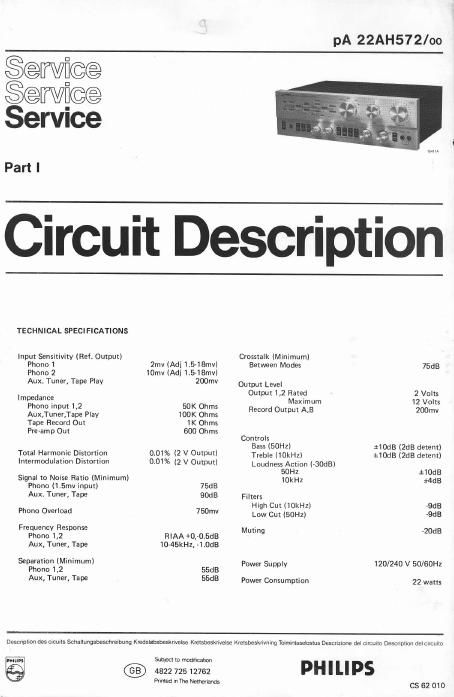Philips 22 ah 572 int service manual
This is the 24 pages manual for philips 22 ah 572 int service manual.
Read or download the pdf for free. If you want to contribute, please upload pdfs to audioservicemanuals.wetransfer.com.
Page: 1 / 24
